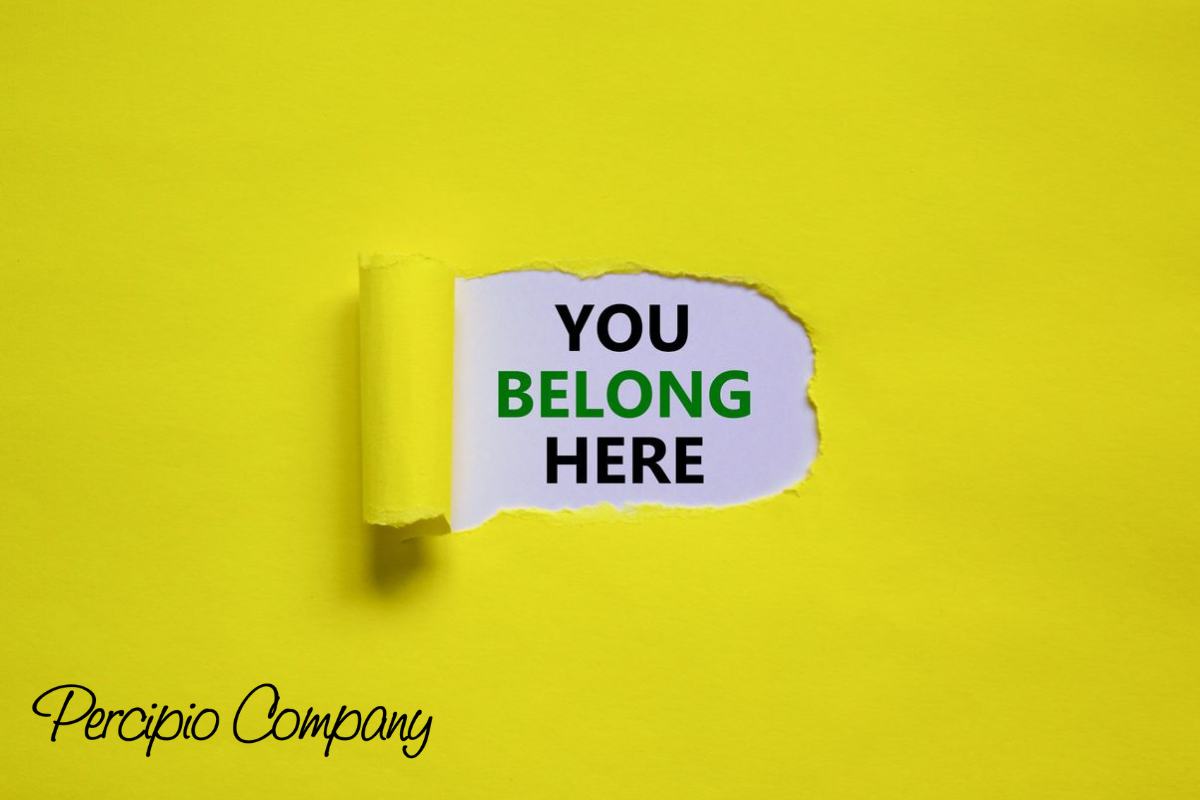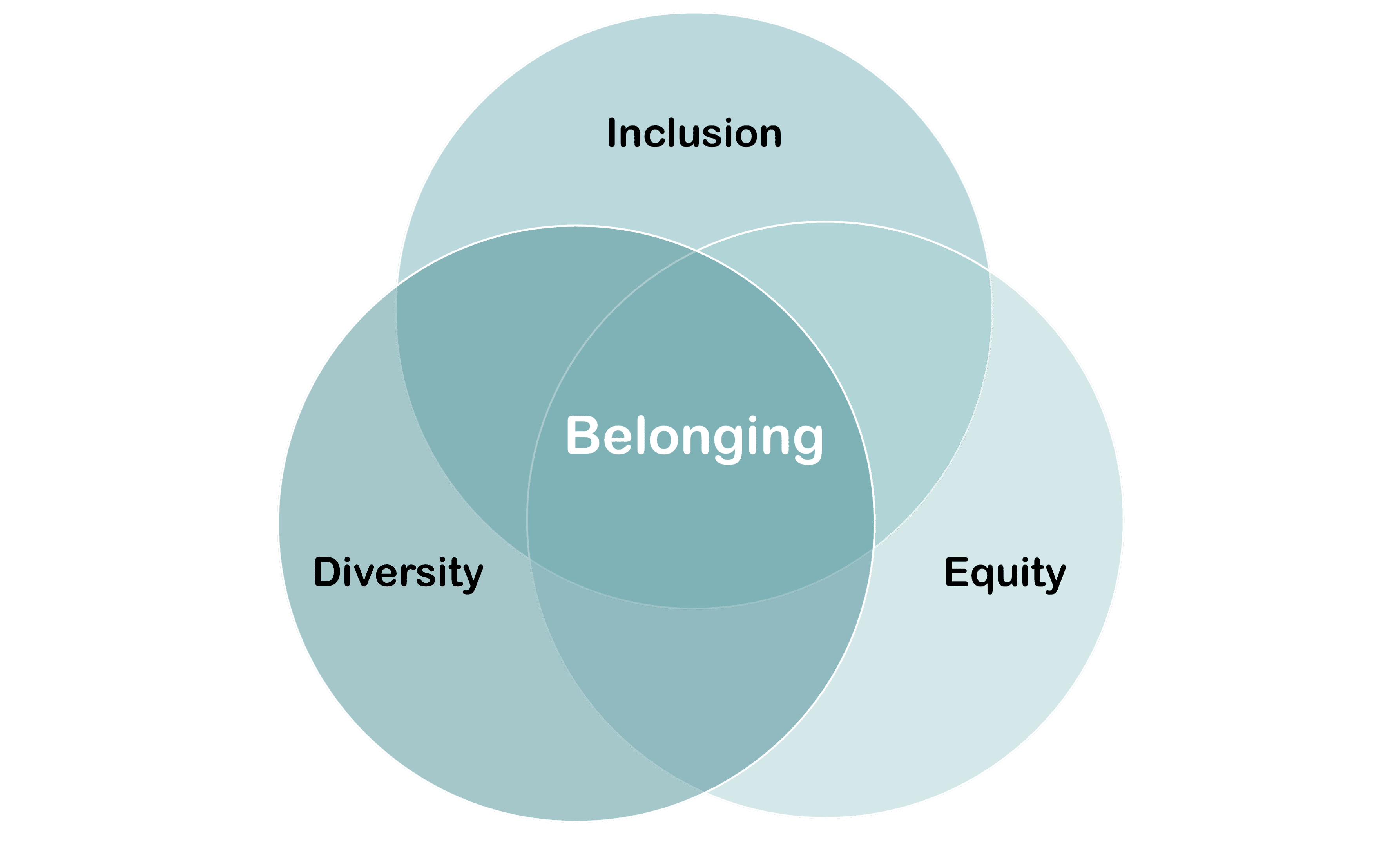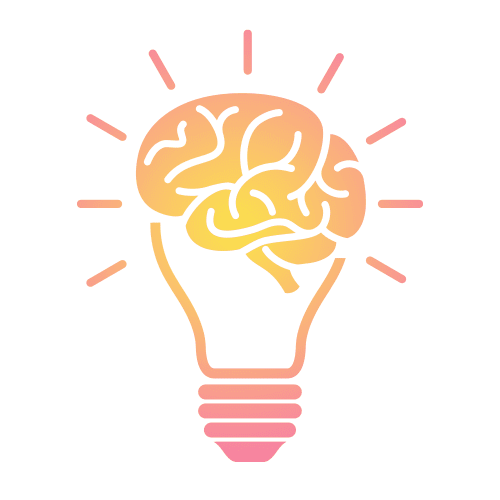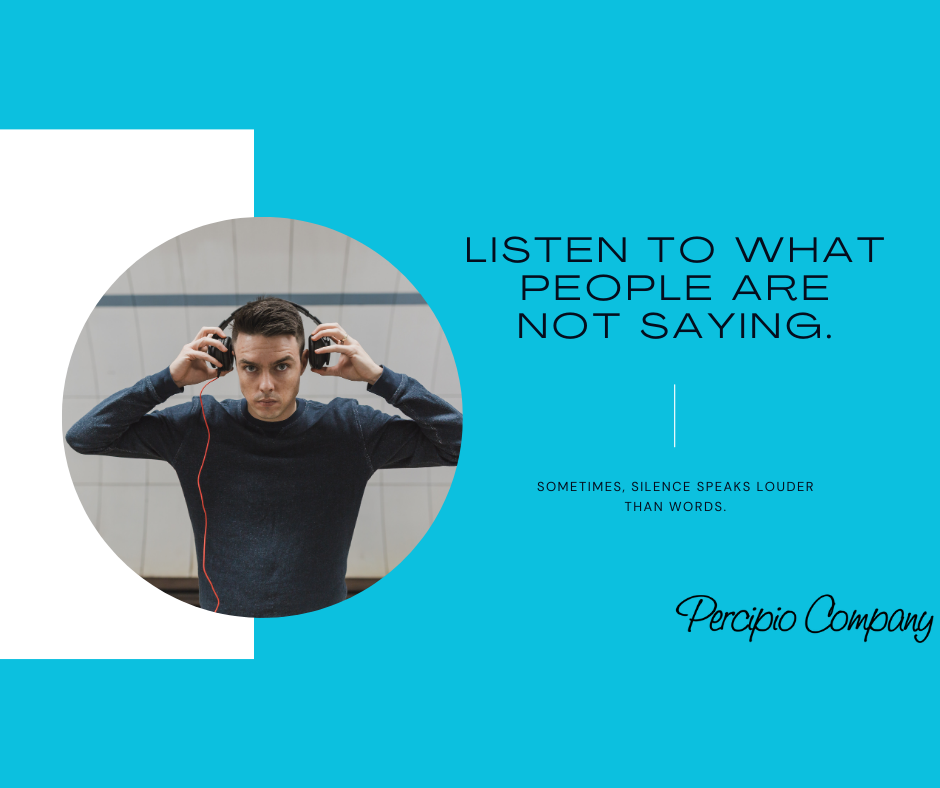Continue reading or listen to the article read by Ed Calder.

“Diversity is being invited to the dance. Inclusivity is being asked to dance. Belonging is dancing like no one is watching.” – Verna Myers
Over the past twenty years, the concepts of Diversity, Equity & Inclusion (DE&I) have emerged as a vital element of business strategy. Initially introduced to corporate America as something to tolerate, organizational leaders are now waking up to the ROI of diversity in the workplace. To retain a diverse workforce requires building an inclusive culture. And building an inclusive culture requires creating equitable policies and processes for all employees.
Today, organizations understand the importance of DE&I as a core business strategy, and those that do it right are reaping the benefits.
But what is DE&I work all about? In other words, when we deploy strategies to build Diversity, Equity & Inclusion, what precisely are we striving to achieve within our company?

Venn Diagram that contains 3 overlapping circles with the text Diversity, Equity, Inclusion inside each and Belonging in the middle
In a word: Belonging. People show up authentically when (and where) they feel like they truly belong. As a result, they perform at their highest levels. Conversely, when individuals do not feel a sense of belonging, they hold back and are unable (or unwilling) to contribute at their greatest potential.
A sense of belonging is fundamentally essential to humans. It ranks alongside our need for love, safety, and shelter. Self-actualization and our ability to meet our greatest potential cannot occur until we have a true sense of belonging. As people leaders, understanding this is critical. As organizational leaders, knowing what to do with it is transformational.
To see the Return on Investment (ROI) that comes from a culture of belonging, leaders must first understand how to build, measure, and quantify it. The Percipio Company has identified four key components that leaders must implement to move your organization from bias to belonging. These are the four cornerstones that build the foundation of company culture:
Identity, Agency, Power & Flow = Belonging
IDENTITY
 Identity is the first element of belonging. It is part of the long arch of human evolution and has played a key part in our survival. Psychologists explain Identity as “encompassing the memories, experiences, relationships, and values that create one’s sense of self.” Our identity is made up of an amalgam of things, including our race, religion, upbringing, language, education, gender, and much more. What does that have to do with a person’s role at work? Everything.
Identity is the first element of belonging. It is part of the long arch of human evolution and has played a key part in our survival. Psychologists explain Identity as “encompassing the memories, experiences, relationships, and values that create one’s sense of self.” Our identity is made up of an amalgam of things, including our race, religion, upbringing, language, education, gender, and much more. What does that have to do with a person’s role at work? Everything.
Identity is the lens through which we view the world; it reflects how we see ourselves and perceive others as seeing us. We cannot shed our identity when we enter the workplace. As a result, our sense of identity influences how we work with others and how we view our role within the organization. For this reason, leaders need to create a space where employees can bring their whole sense of self (their identity) into work.
One essential step is to ensure that employees feel safe to discuss how their identities impact their work and relationships with their colleagues, clients, boss, and even the company policies.
Dimensions of Diversity and the Bias Ecosystem are useful conceptual models to help leaders understand how Identity functions in the workplace.
AGENCY
 Agency is the second element of belonging. It is defined as “the capacity of individuals to act independently and to make their own free choices.” It is a vital part of the human need for free will. In this context, Agency is defined as the ability to act in ways that shape your workplace experiences and your career trajectory. As a measurement tool for the organization, agency is someone’s comfort & confidence when expressing ideas in various contexts. When employees feel a strong sense of agency at work, they feel control over their actions and consequences. As a result, they are more innovative, self-directed, and proactive.
Agency is the second element of belonging. It is defined as “the capacity of individuals to act independently and to make their own free choices.” It is a vital part of the human need for free will. In this context, Agency is defined as the ability to act in ways that shape your workplace experiences and your career trajectory. As a measurement tool for the organization, agency is someone’s comfort & confidence when expressing ideas in various contexts. When employees feel a strong sense of agency at work, they feel control over their actions and consequences. As a result, they are more innovative, self-directed, and proactive.
For individuals to exhibit high degrees of agency, the organization must prioritize creating a feeling of psychological safety.
Do your team members feel comfortable asking for feedback or help? Are they encouraged to challenge the status quo? Do they feel safe to try something new and fail? Are they rewarded for actions that require vulnerability?
Building a culture of high psychological safety requires a genuine and sustained commitment from your leaders. But the rewards are indisputable: Companies who build a culture of high psychological safety see increased productivity amongst their people, higher rates of retention, and higher revenues.
POWER
 Power is the third element of belonging. It is described as “the capacity or ability to direct or influence the behavior of others or the course of events.” Whether we realize it or not, every relationship has power dynamics. It comes in many different types and varies by context. Power can be defined by a role, title, merit, relationship, tenure, compensation, or financial worth. But it is always contextual.
Power is the third element of belonging. It is described as “the capacity or ability to direct or influence the behavior of others or the course of events.” Whether we realize it or not, every relationship has power dynamics. It comes in many different types and varies by context. Power can be defined by a role, title, merit, relationship, tenure, compensation, or financial worth. But it is always contextual.
Power dynamics determine how your teams work together and ultimately impact your company’s ability to reach its collective goals. But power is often overlooked or taken for granted by those who have it.
Leaders need to understand where different power comes from and how it is used within the organization. Leaders and managers who hold power within your company must know when and how to use it, when to lead and when to hold back. For example, in exercises that require vulnerability, it’s important for someone with power to lead the way. This helps those with less power feel safe. However, in exercises of creativity or idea generation, it can be important for leaders to hold back and let others contribute first.
When your employees can contribute to meaningful idea generation without feeling stifled by top-down power dynamics, it can enhance their sense of identity, agency, and power in the workplace.
Inclusive leaders use their positions of power to break down barriers and improve employee performance. As a tool of measurement, leaders can use their power to improve transparency, trust, and respect throughout the organization. This yields, well, powerful results.
FLOW
 Flow is the fourth element of belonging. In positive psychology, a flow state (also known as being “in the zone”) “is the mental state in which a person performing some activity is fully immersed in a feeling of energized focus, full involvement, and enjoyment in the process of the activity.” Flow is the transformative state of work that is intrinsically rewarding. Or how happy your people are at work.
Flow is the fourth element of belonging. In positive psychology, a flow state (also known as being “in the zone”) “is the mental state in which a person performing some activity is fully immersed in a feeling of energized focus, full involvement, and enjoyment in the process of the activity.” Flow is the transformative state of work that is intrinsically rewarding. Or how happy your people are at work.
Flow happens when employees take on meaningful work that is important and challenges their skillsets. When your employees are in a flow state, they have a strong sense of personal control (agency) over the situation or activity and experience the work as deeply rewarding. As a measurement tool, flow enhances creativity, productivity & revenue. Creating flow requires aligning people with their passions and removing obstacles for top performance. When your teams are in a strong flow state, your business is growing and thriving.
Whether the goal of your DE&I work is to attract more talent, improve employee performance, increase retention, or raise revenue, the data is clear: a workforce that feels a strong sense of belonging benefits everyone.
As organizational leaders, wanting a measurable ROI for DE&I initiatives is not too much to ask. At the Percipio Company, using the key concepts of Identity, Agency, Power & Flow, we work with you to measure, build, and ultimately reap the incredible benefits that come from building a culture of belonging inside your organization.
Have you taken the Belonging Assessment?
We partner with businesses to address how bias is impacting your bottom line. We actively engage with clients to identify and disrupt the hidden (and not-so-hidden) biases that impact company performance. Our clients benefit from our ability to structure initiatives that are simultaneously provocative, personal, and productive. We take a self-reflective approach and move organizations from bias to belonging®

Percipio Company is led by Matthew Cahill. His deep expertise in cognitive, social, and workplace biases is rooted in the belief that if you have a brain, you have bias®. He works with executives to reduce mental mistakes, strengthen workplace relationships & disrupt existing bias within current HR processes, meeting protocols and corporate policies. Matthew has demonstrated success with large clients like LinkedIn, Salesforce and dozens of small to mid-size companies looking to create more inclusive workplaces, work smarter, generate more revenue and move from bias to belonging®.





